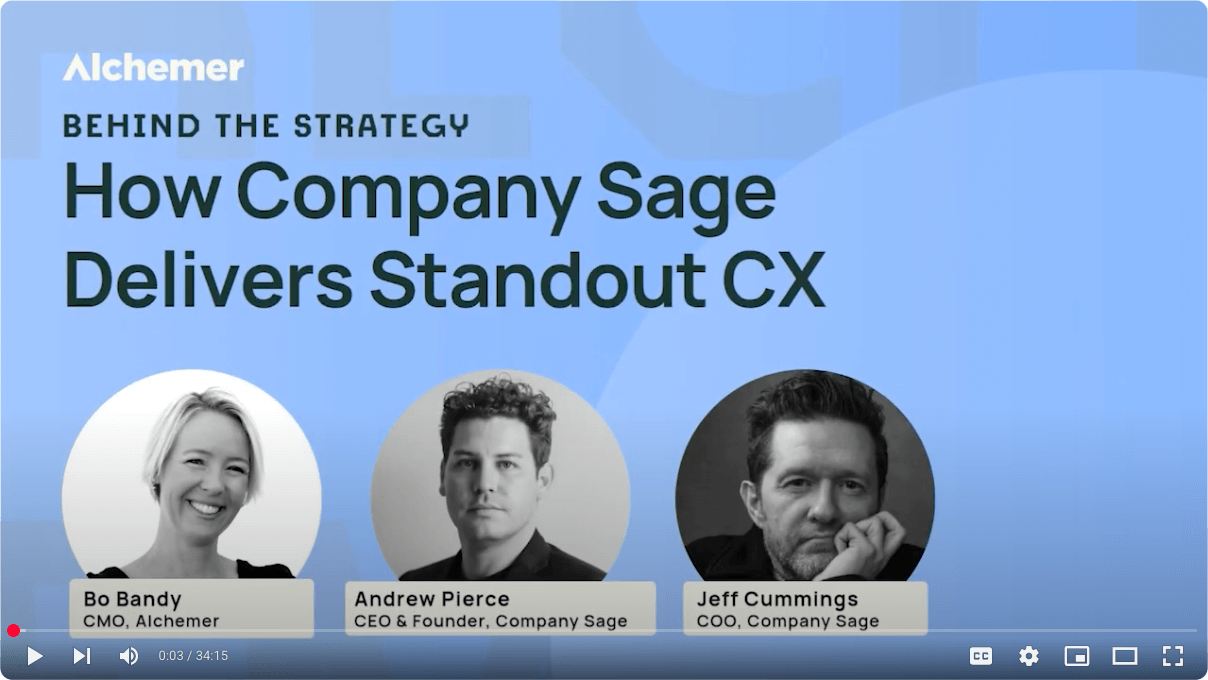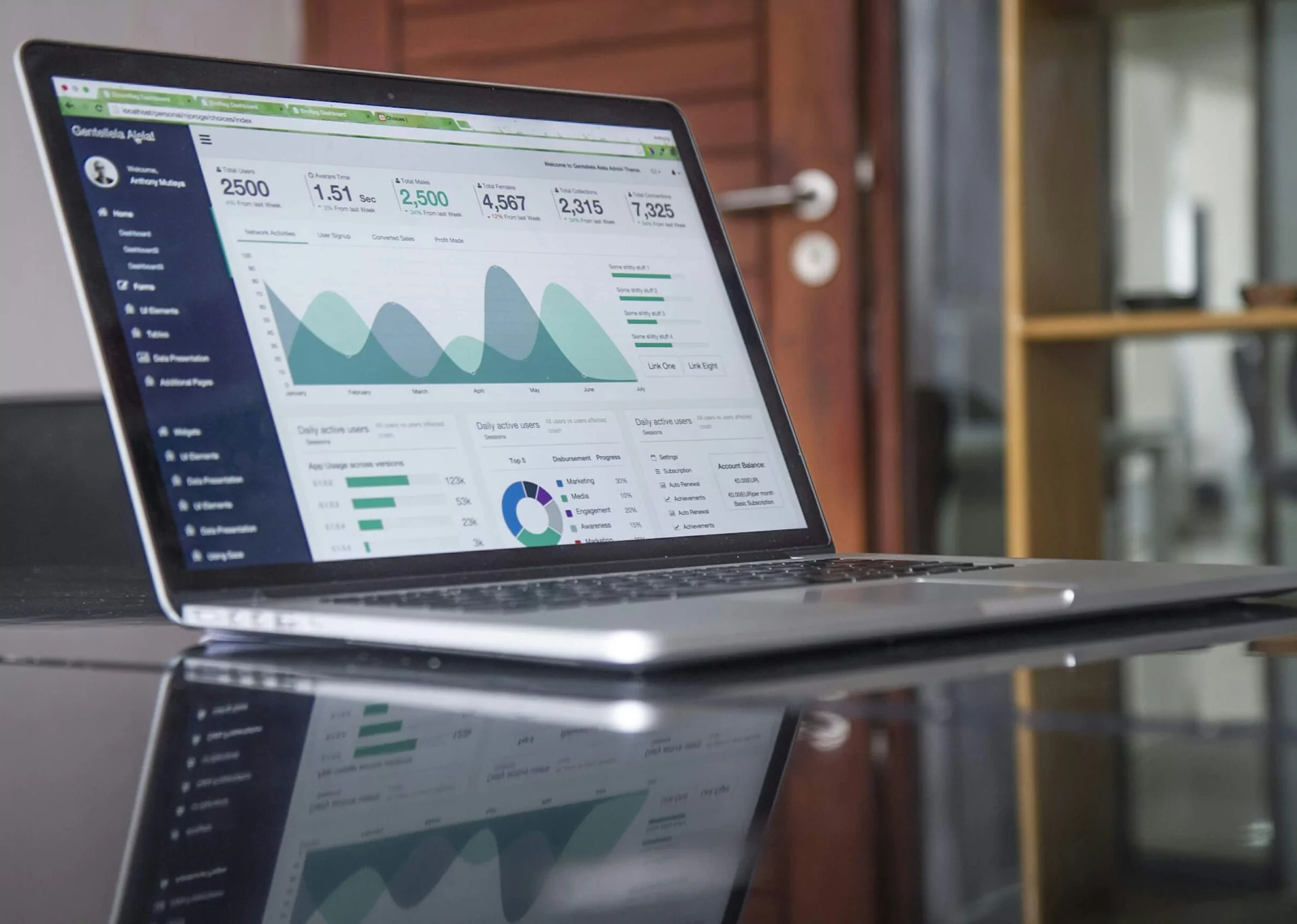Defining People Analytics
The nomenclature of people analytics has shifted over time. Some refer to the use of business and employee data as HR analytics, data-driven HR, or talent analytics, but at the end of the day, the meaning behind them all is the same.
People analytics can most simply be defined as a way HR leaders apply a mix of statistical practices, technology, and their individual expertise to large sets of business and employee data.
The process results in better decision-making and a way to concretely show the return on competitive talent and people investments.
Figures like recruiting ROI or retention ROI have previously been calculated based mostly on gut feeling and tenured experience working in HR. This approach, when used on its own, is no longer cutting it.
People Analytics is Experiencing an Adoption Lag Despite Improved Business Outcomes — Why?
People analytics is to modern businesses and their HR departments as was the workplace shift of the late 1960s towards the use of computers was to advertising agencies and other creative “gut-based” industries.
Rather than embracing opportunity and innovation as a new way of doing things from the get-go, it’s not uncommon and is often to be expected for something new to evoke disruption, fear of being replaced, and even deemed obsolete or irrelevant.
Scenes from an early episode in the final season of AMC’s Mad Men dubbed “The Monolith” after one of IBMs earliest computers come to mind when thinking about the similarities between people analytics and other business evolutions that have experienced an adoption lag.
The firm’s most creative copywriters and artists stood arms crossed with faces full of betrayal, and furrowed brows, in front of a very large IBM computer that occupied what was once the creative team’s lounge.
It was clear that the gut-driven team of advertising creatives felt threatened by the presence of a foreign machine and is not much different than what we are seeing around the use of people analytics in the HR function.
HR, human resources, is a fine balance between juggling business needs, talent acquisition needs, risk management, and employee well-being while tending the delicacy of human emotions. Adding something that is complex in nature and unknown like a people analytics strategy forms another layer to the stack.
People analytics is a method that is struggling to gain widespread adoption as a core foundation of a business even though data is at the center of so many other business functions, directing decision-making and strategies time and again.
So why is data’s adoption in HR not falling into place faster? Let’s explore some of the challenges around using data we have heard directly from HR industry experts.
Why Would Businesses Use People Analytics?
The objective for HR to leverage data more is like any other use of data in business: to make better decisions.
“If you break down the history of using data in HR, it’s always been really basic because we’ve never had real access,” Jeffery Belanger, Lead HR Business Partner and Head of Organizational Performance at Pandora told us.
“We’ve had three or four different systems that we’ve had to pull data from, analyze it, figure it out, and then, frankly, we’d end up generating maybe one or two metrics that we can use,” says Belanger.
- For HR, using data provides the function a more prescriptive way of:
- Recruiting top talent
- Avoiding hiring bias
- Forecasting future hiring needs
- Improving attrition rates
- Improving employee retention
- Uncovering culture gaps that could be causing people to leave or on the flip side, finding what exactly in the company’s culture that keeps people
- Identifying what employee success, happiness, and satisfaction look like at an organization
Common Challenges with Getting People Analytics Up and Running
Data literacy is a new required skill set
The challenge is not what the data can be leveraged for. Rather it’s the learning curve that comes with understanding the language of and analyzing data on a level that provides a holistic story.
The strong analysis skills needed to make use of people analytics effectively calls for a set of skills that were not needed even just 10 years ago.
For experienced HR professionals with decades of industry knowledge behind them, obtaining these skills is something entirely new. And naturally, takes some time to acquire and fine-tune.
Those just entering the workforce and starting out their HR career are better prepared for leveraging data as part of the job requirement due to being a standard practice in higher education management programs.
HR needs to operate cross-functionally
Even when HR departments have HR Analysts on staff, the success of having a people analytics strategy is solely dependent on cross-functional collaborations between HR and key functions such as finance, operations, and IT.
Cross-functional collaboration needs executive-level support and should be reinforced on an ongoing basis for a strategy like this to be effective in the long-term.
HR insights are not being leveraged across the business
HR is challenged in many ways when it comes using data, but when HR insights can be formed and deemed a part of a people analytics strategy, it should not only inform HR decisions but the entire business. That is where the most impact will be made and the traditional HR silos will lose ground and fall.
What Are the Benefits of People Analytics?
Recent research out of Deloitte’s Bersin community found that when organizations use employee data to help inform business decisions, the organization gains more not only financially but also more efficiently attracts and retains talent.
To be exact, out of the 900 talent and business leaders Bersin surveyed, 82 percent reported a higher three-year average profit when they used people analytics properly.
The research also found that when organizations invest in people analytics, employee engagement and performance improves. And when those factors go up, so does overall profitability.
Yet, the benefits of investing in people analytics only come when an organization’s use of data is highly mature. The Bersin research found that only 17 percent of those who have invested are at the level of maturity where they begin to see the benefits of people analytics taking effect.
It takes time to build the components people analytics needs to deliver benefits such as configuring an HR data warehouse (now referred to as data lakes), protecting the privacy and accuracy of the data with new processes and procedures, and regularly collecting data and consolidating existing employee data.
HR Should be a Strategic Business Function Rather Than Being Known as the Hire and Fire Department — People Analytics Can Help Lead This Change
As of late, those in HR didn’t have the pressure or see the benefits associated with using data. They never had to think analytically or in ways of how insights derived from data can help run a better business.
Today, more than ever before, it’s much easier to access data for HR purposes. Thanks in part to the explosion of available tools to help flatten the learning curve around data collection, analysis, and visualization, HR now has powerful analytic capabilities.
“It’s a shift of the mindset of where HR becomes part of how you run your business,” says Belanger. “If you think about it, this is a skill any business owner should have — to be able to look at the data, come up with the correlations and connections, understand your audiences, and what the outcomes will be.”




